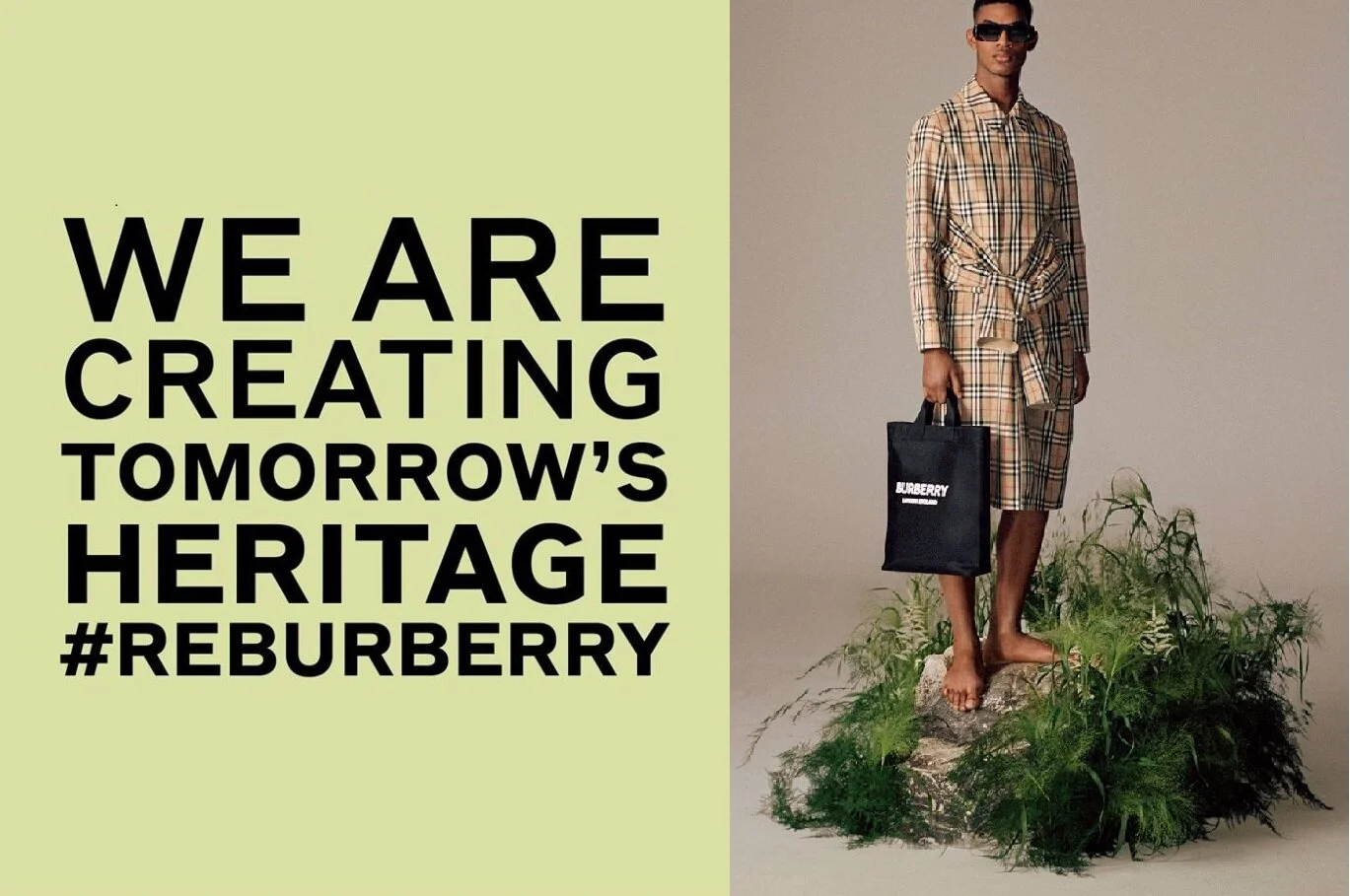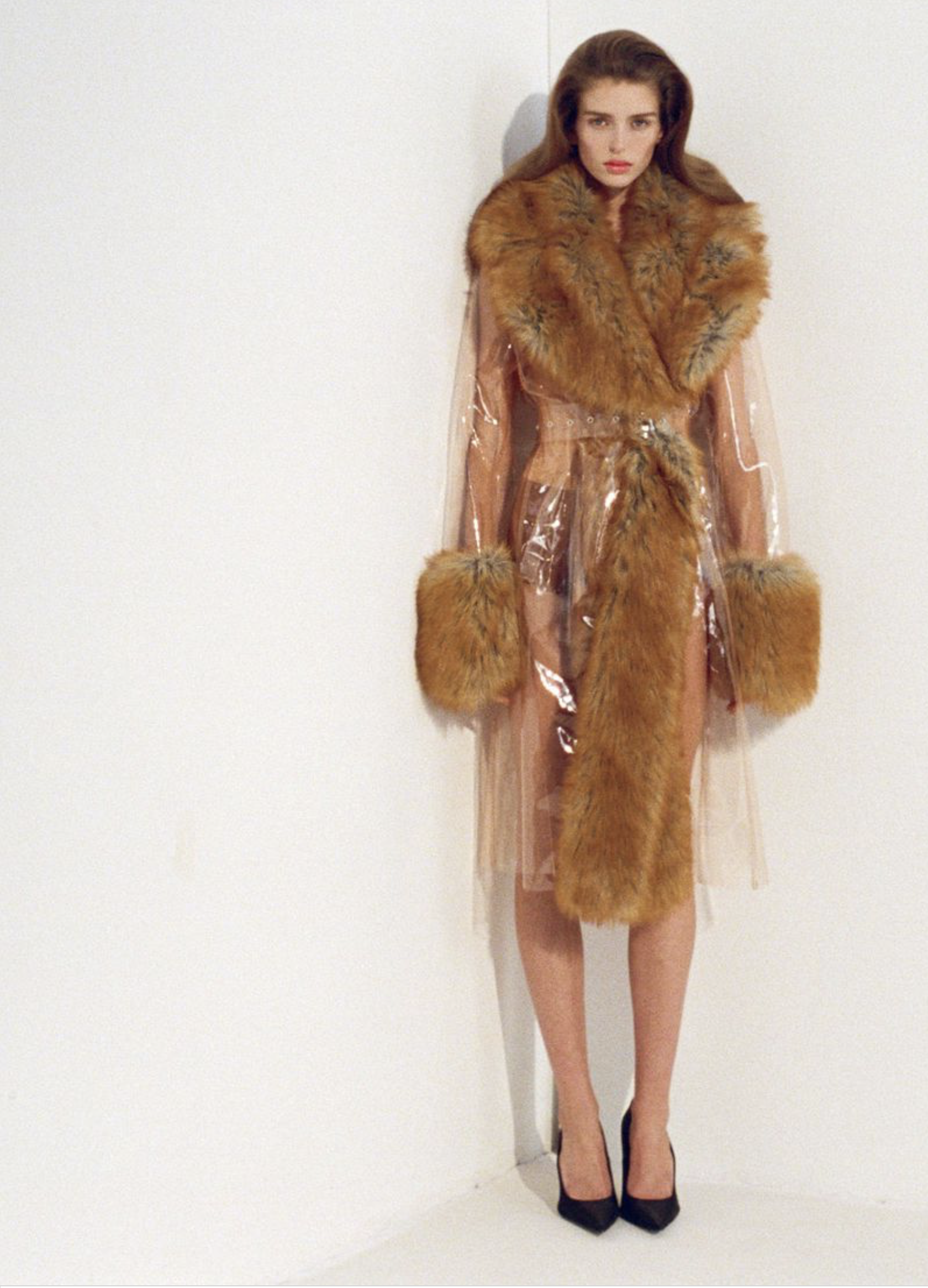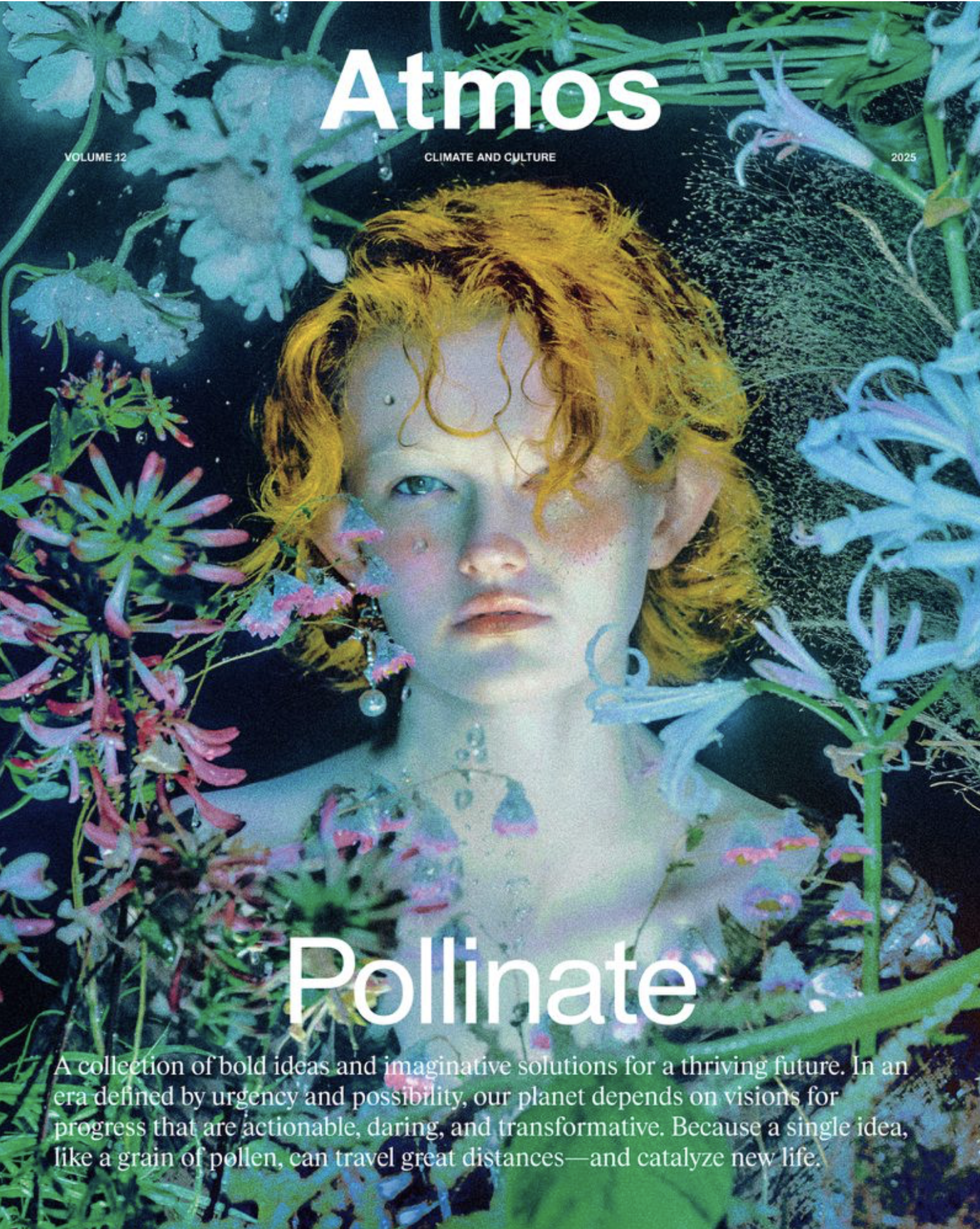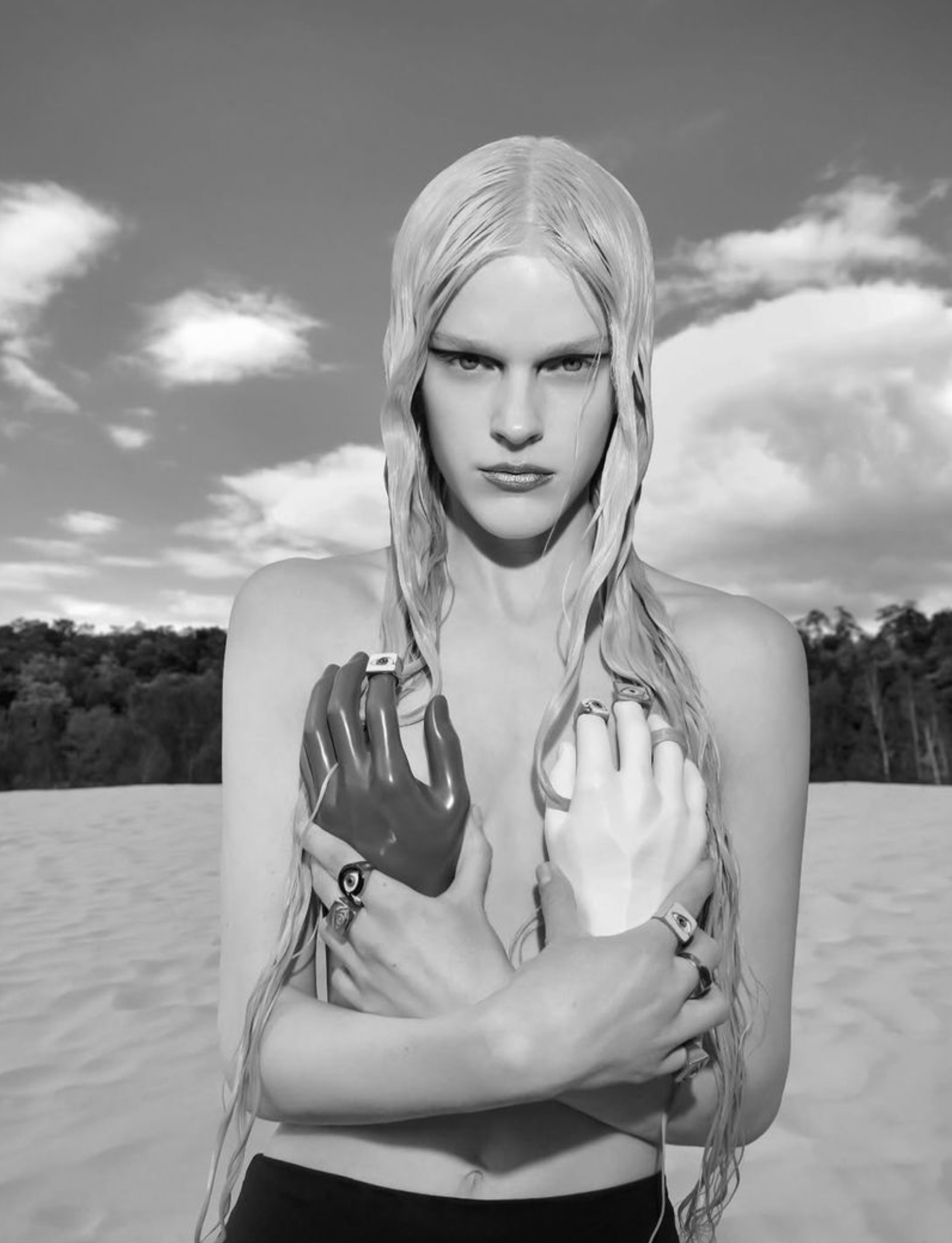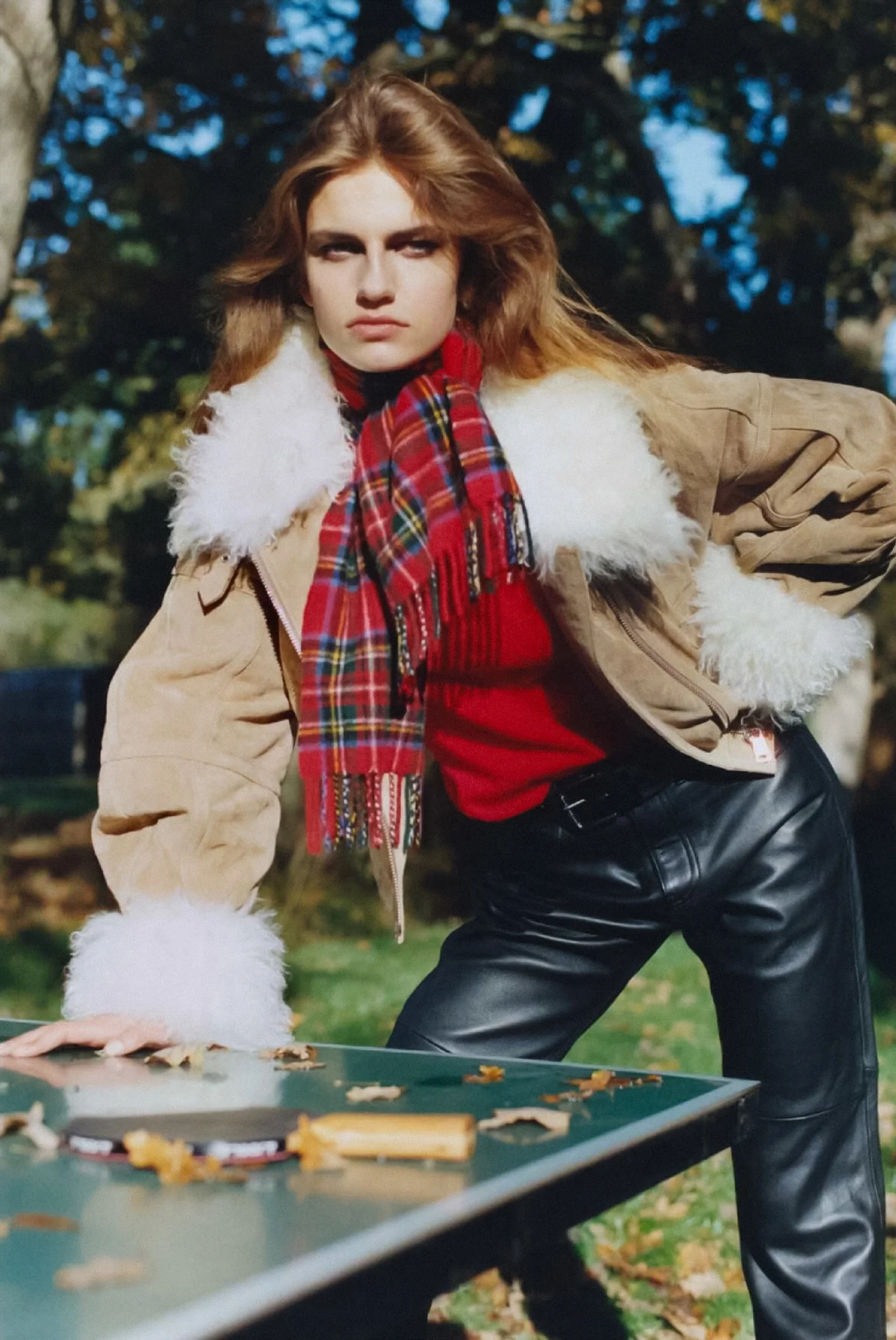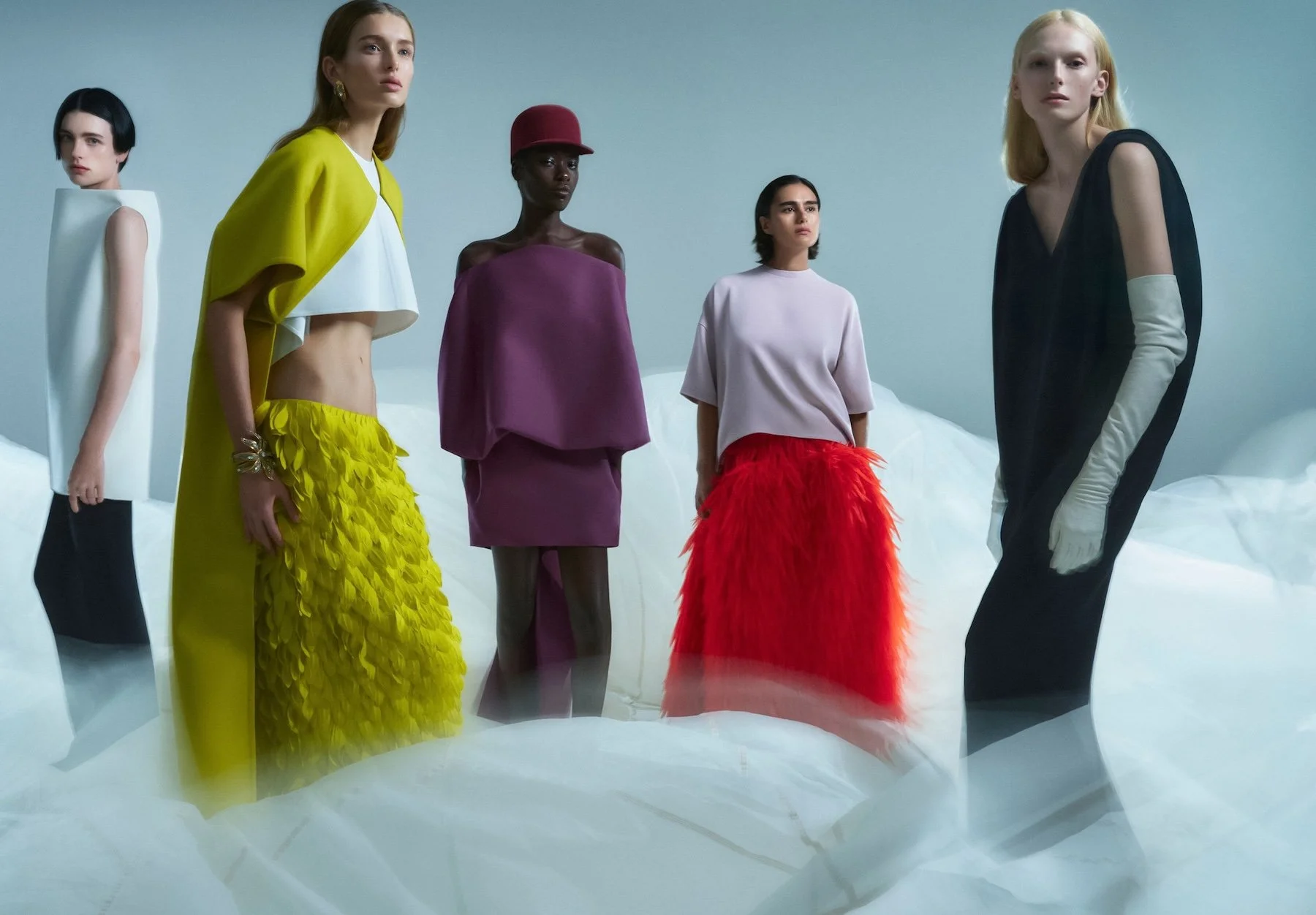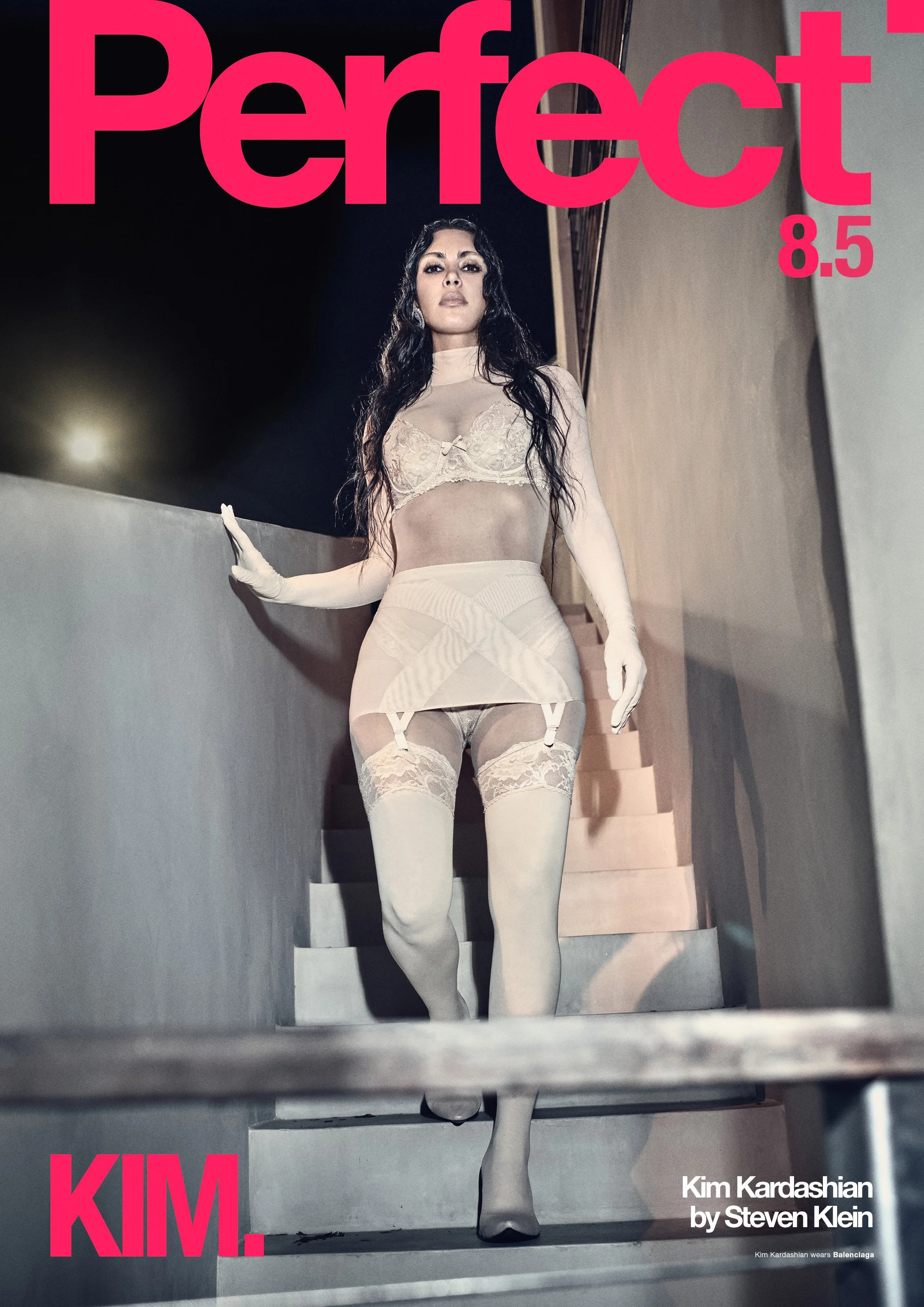Burberry's ECONYL-Based ReBURBERRY Edit Collection + 'Positive Attributes' Labeling
/In August 2020, Burberry announced plans to join fiber manufacturer Aquafil to launch a collection of heritage items and “new icons” using “the sustainable nylon yarn made from regenerated fishing nets, fabric scraps and industrial plastic”
Burberry stated then that the introduction of the new sustainable fashion collection is part of its plan to tackle what it calls an “environmental waste issue while creating a sustainable and versatile material” and is “just one example of the 50 disruptions Burberry is making throughout its supply chain to create a more circular fashion industry”.
The #REBURBERRY collection is now at market, modeled in new imagery by Tara Halliwell and Reece Nelson. 26 styles from the SS2020 collection are all made from the latest innovations in sustainable material science.
The ECONYL® fiber is the core of the #REBURBERRY collection. Additional outerwear pieces in the Edit are made using a new nylon that has been developed from renewable resources such as castor oil, and a polyester yarn made from recycled plastic bottles.
The introduction of the ‘ReBurberry Edit’ coincides with the global roll out of dedicated sustainability labelling across all key-product categories. The labels will, for the first time, “provide customers with an insight into the industry-leading environmental and social credentials of the Burberry programme,” according to the luxury brand’s press release. .
Vogue Paris called the initiative the “ethical collection of the moment.” You can view the ReBurberry Edit collection online.
The introduction of the ‘ReBurberry Edit’ coincides with the global roll out of dedicated sustainability labeling across all key-product categories. The labels will, for the first time, provide customers with an insight into the industry-leading environmental and social credentials of the Burberry initiative.
The pistachio-colored labels/tags will now educate customers on how a product meets a range of externally assured stringent criteria. Called ‘positive attributes’, these include the amount of organic content or recycled natural fibers used in materials, delivery against carbon emissions standards at production facilities or social initiatives such as workers being paid the living wage or supported through well-being programs. .
“At the half-way point of our Responsibility Strategy to 2022, we remain dedicated to delivering tangible progress against our social and environmental targets, and our holistic, product-focused sustainability programmes are central to this. By inviting customers to learn more about the sustainable credentials of our products through our labelling programme, we are helping them to better understand our initiatives and the breadth of the ambition of our Responsibility Agenda. We strongly believe that driving positive change through all of our products at every stage of the value chain is crucial to building a more sustainable future for our whole industry.’ Pam Batty, Vice President Corporate Responsibility, Burberry
Burberry stipulates that two-thirds of its products currently bear more than one “positive attribute”, with a 2022 goal of having all products have a minimum of one positive attribute. The brand announced previously a goal of becoming carbon neutral in its own operational energy use and obtaining 100% of its electricity from renewable sources by 2022. Its intention is to reduce greenhouse emissions also by 2022.
